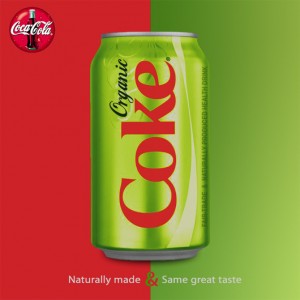Brian Wansink’s latest paper is an analysis of the increasing size of servings and meals through multiple editions of the classic cookbook, Joy of Cooking. These, he finds, have increased by 35%. My former doctoral student, Lisa Young, looked at how portion sizes began to balloon in the early 1980s in parallel with increasing calories in the food supply (from 3,200 to 3,900 per day per capita) and with rising rates of obesity. She showed how readers using identical recipes were instructed to make far fewer cookies in newer editions of the Joy of Cooking and wrote about this phenomenon in her book, The Portion Teller.
I wrote about this last year in a letter to the New York Times: “To the Editor: I could not resist looking up the calories for the gorgeous chocolate chip cookie recipe given on July 9. That recipe calls for about 4 pounds of ingredients to make only 18 cookies, each of which runs 500 calories — one quarter of the amount needed by most people for an entire day. I’d call one of those cookies lunch or share it with three friends. By the way, a similar recipe in the 1975 “Joy of Cooking” made 45 cookies with just half the ingredients. These would be just under 100 calories each.”
The point of all this: larger portions have more calories! And you need no further explanation for rising rates of obesity.
Update February 18: Wansink is a professor at Cornell, and the Cornell Chronicle did a story on it.


